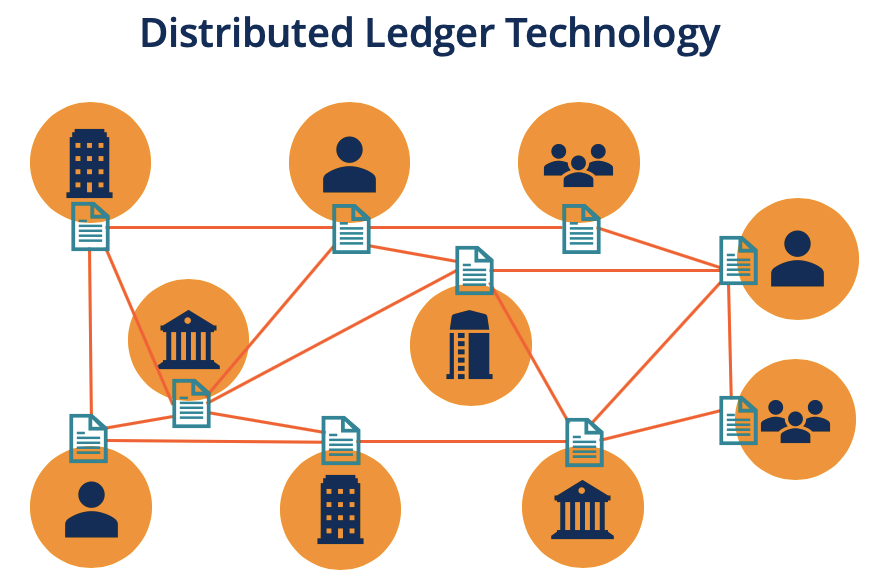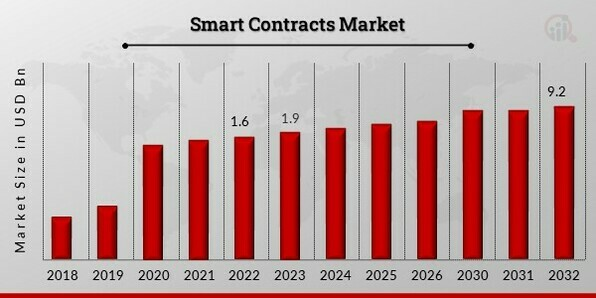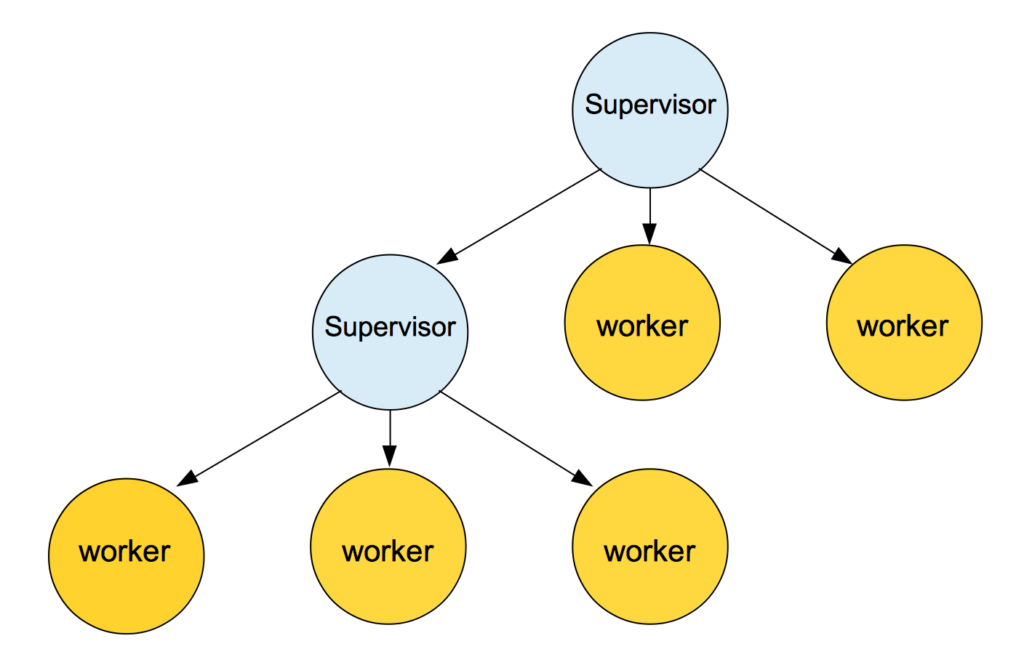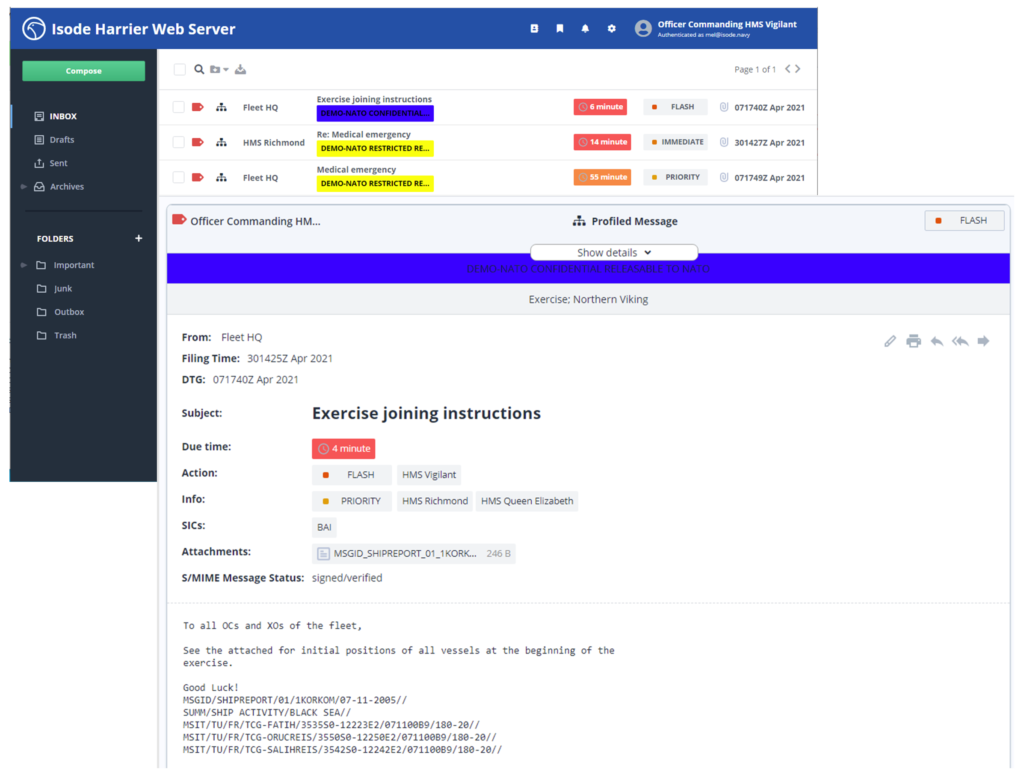Welcome to part three of our ‘Making Sense of Blockchain’ blog post series. Here we’ll explore how our attitudes to ownership are changing and how this relates to the value we attach to digital assets in the blockchain space. You can check out ‘Innovating with Erlang and Elixir’
here
if you missed part two of the series.
Digital Assets: Ownership in the era of Blockchain
While physical goods contain an abstract element: the design, the capacity to model, package and make it appealing to the owners or consumers. Digital assets have a far stronger element of abstraction which defines their value. In contrast, their physical element is often negligible and replaceable (e.g. software can be stored on disk, transferred or printed). These types of assets typically stimulate our intellect and imagination.
Digital goods have a unique quality in that they can be duplicated effortlessly and inexpensively. They can exist in multiple forms across various platforms, thanks to the simple way we store them using binary code. They can be recreated endlessly from identical copies. This is a feature that dramatically influences how we value digital assets. Because replicas are so easy to make, their copies or representations don’t hold value, but the original digital creation itself. This principle is a cornerstone of blockchain technology, with its hash lock feature safeguarding the integrity of digital assets.
If digital items are used correctly, the capacity to clone a digital item can increase confidence that it will exist indefinitely, which keeps its value steady. However, the immutable and perpetual existence of digital goods isn’t guaranteed forever.
They are dependent on a physical medium (e.g. hard disk storage), that could be potentially altered, degraded or become obsolete over time.
A blockchain, like the one used in the Bitcoin network, is a way to replicate and reinforce digital information via Distributed Ledger Technology (DLT).

An
example of the DLT network
Distributed Ledger Technology lets users record, share, and synchronise data and transactions across a distributed network comprising of many participants.
It includes mechanisms to repair issues, should data become corrupted due to hard disk failure or a malicious attack.
However, as genetic evolution suggests, clones with the same characteristics can all die out by the introduction of an actor that makes the environment unfit for survival. So it might be sensible to introduce different types of ledgers to keep data safe on various physical platforms, increasing the likelihood of survival of information.
The evolution of services and their automation
Now let’s consider how we have started to attach value to services and how we are becoming increasingly demanding about their performance and quality.
Services are a type of abstract value often traded on the market. They involve actions defined by contracts that lead to some kind of change. This change can apply to physical goods, digital assets, and other services themselves or people. What we trade is the potential to exercise a transformation, which in some instances might have been applied already. For example, a refined product like oil that has already been changed from its original raw state.
As transformations become more automated and the human element decreases, services are gradually taking the shape of automated algorithms, which are yet another form of digital assets. Take smart contracts, for example, a rapid-growth industry projected to grow from USD 1.9 Billion in 2023 to USD 9.2 Billion by 2032, according to
Market Research Future
.

Smart Contracts Market
Projection Overview
But it’s important to state that an algorithm alone isn’t enough to apply digital transformation, we also require an executor, like a physical or virtual machine.
Sustainability and access to resources
Stimulation of the intellect and/or imagination isn’t the only motivator that explains the increasing interest in digital goods and ultimately their rising market value. Physical goods are known to be quite expensive to handle. To create, trade, own and preserve them, there is a significant expenditure required for storage, transport, insurance, maintenance, extraction of raw materials etc.
There’s a competitive and environmental cost involved, making obtaining physical resources inherently difficult to scale and sometimes costly- especially in densely populated urban areas. As a result, people are motivated to possess and exchange digital goods and services.
The high power consumption required by the Bitcoin network’s method of consensus would potentially negate these environmental benefits. Although power consumption is a concern, it should be remembered that blockchain technology can act as a force for good, being used for environmentally beneficial projects.
A great example is the work being done by
dClimate
, a decentralised climate information ecosystem making it easier for businesses to find and utilise essential environmental information that could impact their sector. These important decisions in turn provide information on:
-
Where businesses can build infrastructure
-
Where they can manage water resources
-
How businesses can protect vulnerable communities
However, some of these activities (such as those requiring non-physical effort, like stock market trading, and legal or accounting services) are best suited for significant cost reduction through algorithmic automation (assuming that the high carbon footprint required to drive the ‘Proof of Work’ consensus mechanism used in many DLT ecosystems can be avoided).
Barriers to acceptance of digital assets
While it is sensible to forecast a significant expansion of the digital assets market in the coming years, it is also true that, at present, there are still many psychological barriers to overcome to get broader traction in the market.
The main challenge relates to trust. A buyer wants some assurance that traded assets are genuine and that the seller owns them or acts on behalf of the owner. DLT provides a solid way to work out the history of a registered item without, interrogating a centralised trusted entity. Provenance and ownership are inferable and verifiable from several replicated ledgers while block sequences can help ensure there is no double spending or double sale taking place within a certain time frame.
Another challenge is linked to the meaning of ownership outside of the context of a specific market. Take the closure of Microsoft’s ebook store. Microsoft’s decision to pull out of the ebook market, presumably motivated by a lack of profit, could have an impact on all ebook purchases that were made on that platform. The perception of the customer was obviously that owning an ebook was the same as owning a physical book.
What Microsoft might have contractually agreed through its End-User License Agreement (EULA), however, is that this is true only within the contextual existence of its platform.
There is a push, in this sense, towards forms of ownership that can break out from the restrictions of a specific market and be maintained in a broader context. Blockchain’s DLT in conjunction with smart contracts, that exist potentially indefinitely, can be used to serve this purpose allowing people to effectively retain their digital items’ use across multiple applications.
The transition to these new notions of ownership is particularly demanding when it comes to digital non-fungible assets. Meanwhile, embracing fungible assets, such as cryptocurrency, has been somewhat easier for customers who are already used to relating to financial instruments.
This is probably because fungible assets serve the unique function of paying for something, while in the case of non-fungible assets, there is a range of functions that define their meaning in the digital or physical space.
What this will mean for blockchain adopters
In discussing the major emerging innovation that blockchain technology has influenced dramatically over the last few years, the ownership of digital assets, it is clear that what we are witnessing is a new era that is likely to revolutionise the perception of ownership and reliance on trusted and trustless forms of automation. This is driven by the need to increase interoperability, cost compression, sustainability, performance and customisation. For any business size in any industry, we’re ready to investigate, build and deploy your blockchain-based project on time and to budget.
Let us know about your blockchain project here.
The post
Blockchain Tech Deep Dive| Meaning of Ownership
appeared first on
Erlang Solutions
.
chevron_right

